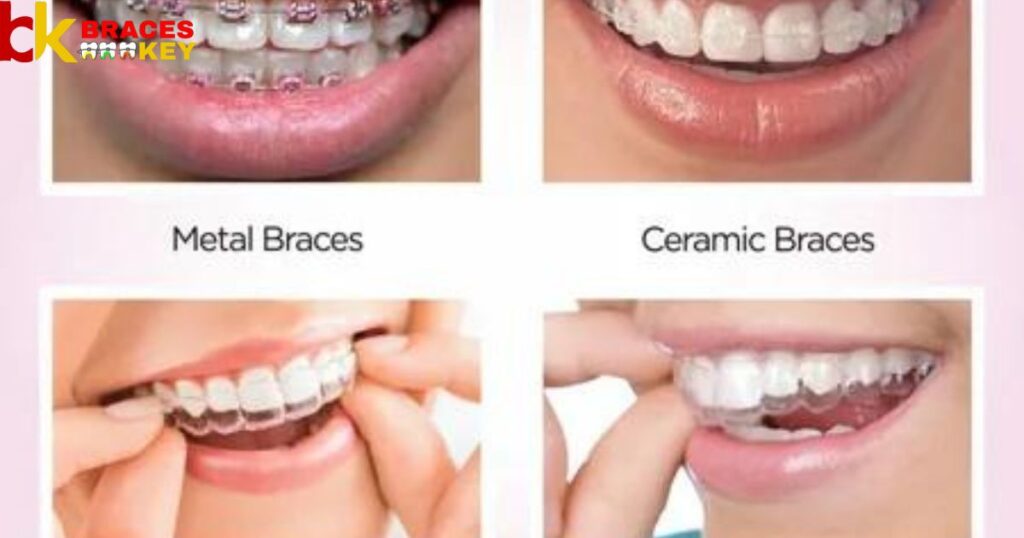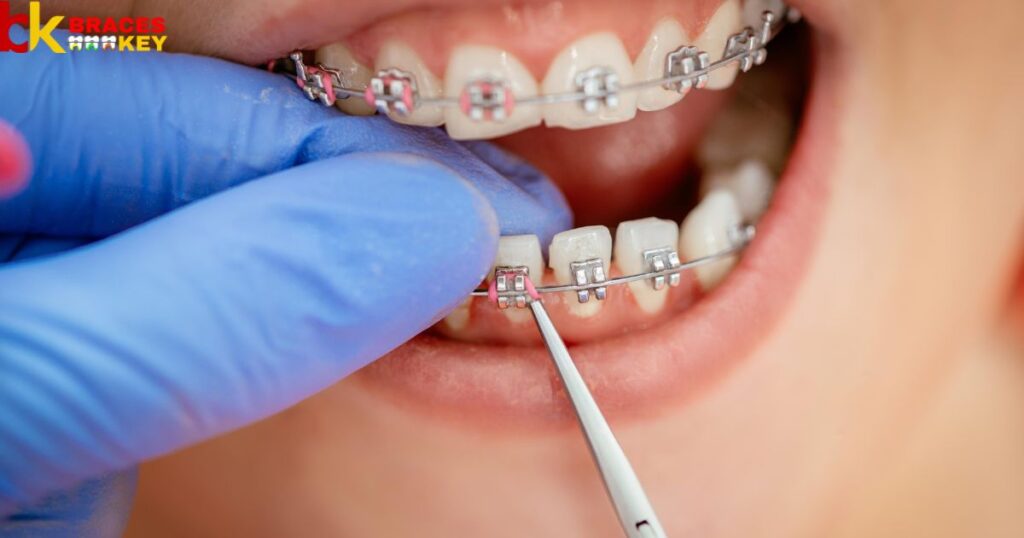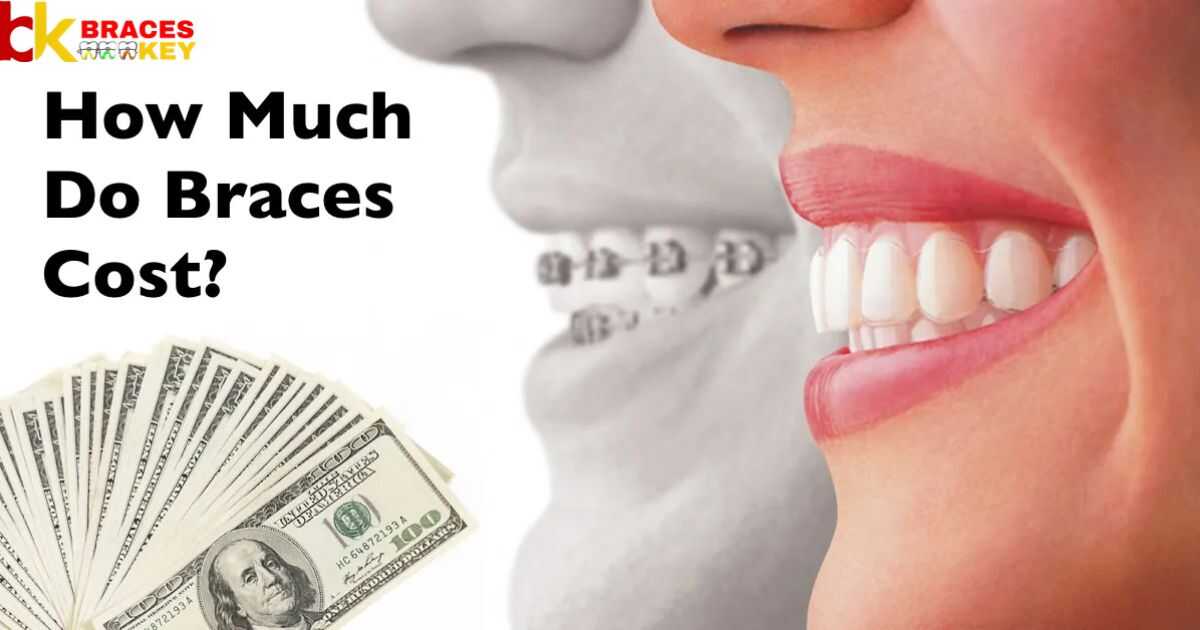Removing braces, also known as orthodontic braces or dental braces, is the process of taking off the dental appliances that have been used to straighten and align teeth. These braces can consist of metal, ceramic, or plastic brackets and wires, and their removal is a crucial step in the orthodontic treatment journey.
How Much Does It Cost To Remove Braces? It’s a question that often lingers in the minds of those nearing the end of their orthodontic treatment. The cost of removing braces can vary depending on several factors, including the complexity of the treatment, the location of the dental practice, and any additional procedures required to complete the process.
The cost of removing braces typically ranges from $100 to $200. This fee may or may not be included in the overall cost of orthodontic treatment. Many orthodontists include the removal cost in their initial treatment plan, while others may charge it separately.
Understanding the Cost of Removing Braces
Orthodontic treatment is a common path to achieving a straight and beautiful smile, but many people wonder about the cost associated with the removal of braces. In this article, we will explore the factors that contribute to the cost of removing braces and provide valuable insights into what you can expect during this phase of your orthodontic journey.
Orthodontic treatment plays a vital role in improving not only the aesthetics but also the overall health of your smile. It is much more than just a cosmetic endeavor. Orthodontists focus on aligning your teeth and jaw properly, which can lead to a range of benefits, including better oral health, improved speech, and easier maintenance of your teeth.
Types of Braces

Before discussing the cost of removing braces, it’s essential to understand the different types of braces available. This section will provide an overview of traditional metal braces, ceramic braces, and Invisalign, highlighting the variations in cost and treatment.
Traditional Metal Braces
These are the most common and affordable type of braces. They consist of metal brackets and wires that work together to align your teeth gradually.
Ceramic Braces
Ceramic braces are less noticeable than metal braces because they blend with the natural color of your teeth. They offer a cosmetic advantage but may come at a slightly higher cost.
Invisalign
Invisalign is a popular choice for those looking for a more discreet orthodontic solution. These clear, removable aligners are custom-made for your teeth and are often chosen for their comfort and near-invisibility.
Understanding the types of braces available will help you gauge the variation in cost as you prepare for their removal.
Factors Affecting the Cost
The cost of removing braces is influenced by various factors. We will explore these factors in detail, including treatment complexity, geographic location, and the need for additional procedures.
Treatment Complexity
The complexity of your orthodontic treatment is a significant factor in determining the cost of removing braces. More complex cases, such as severe misalignment or jaw issues, may require longer treatment and more adjustments, leading to higher overall costs.
Geographic Location
The cost of orthodontic treatment can vary significantly based on your geographic location. Orthodontic practices in urban areas, for example, may charge higher fees than those in rural locations due to differences in overhead and demand.
Additional Procedures
In some cases, additional procedures may be necessary, such as tooth extractions or minor oral surgery. These can add to the overall cost of your orthodontic treatment.
Exploring these factors will provide a better understanding of the cost dynamics and allow you to make more informed decisions regarding the removal of your braces.
The Role of Insurance

Dental insurance can significantly impact the out-of-pocket cost of removing braces. Here, we will discuss how dental insurance coverage works for orthodontic treatment and what you should consider when dealing with insurance providers.
Orthodontic Coverage
Not all dental insurance plans provide coverage for orthodontic treatment, and those that do may have limitations and waiting periods. Understanding your insurance policy’s orthodontic coverage is essential.
In-Network vs. Out-of-Network
Choosing an orthodontist who is in-network with your insurance plan can result in cost savings. Out-of-network orthodontists may still be an option, but they could require higher out-of-pocket expenses.
Maximum Benefit
Dental insurance plans often have a maximum lifetime benefit for orthodontic treatment. Knowing the limitations of your plan can help you plan financially for the removal of your braces.
Cost of Removing Braces: What to Expect
In this section, we will provide a detailed breakdown of the cost of removing braces, covering consultation fees, the removal process, and any potential additional costs. A table will be included to illustrate the average costs for various components of the removal process.
Consultation Fees
Before the removal process, you may have a final consultation with your orthodontist to assess the results and discuss any necessary post-removal treatment. These consultations may or may not be included in the overall cost.
The Removal Process

The actual removal of braces is a relatively straightforward and painless procedure. Your orthodontist will carefully remove the brackets and wires, leaving you with your beautifully aligned teeth.
Additional Costs
Sometimes, additional costs may arise. These could include retainers, post-treatment X-rays, or any unforeseen complications that need attention. Being aware of potential additional costs is crucial.
To provide a clear picture of the costs involved, a table will be included to summarize the average expenses associated with the removal of braces, ensuring transparency and better financial planning.
Payment Options and Financing
Orthodontic treatment can be a substantial financial investment. We will explore different payment options, such as dental savings plans, financing through orthodontic practices, and healthcare credit cards, to help you manage the cost effectively.
Dental Savings Plans
These plans allow you to save money specifically for dental procedures, including orthodontic treatment. They can be an excellent way to manage the cost of removing braces over time.
Orthodontic Financing
Many orthodontic practices offer financing options that allow you to spread the cost of treatment over several months or years. This can make orthodontic care more accessible to a wider range of patients.
Healthcare Credit Cards

Some credit cards are designed for healthcare expenses, including dental and orthodontic procedures. These cards offer flexible payment plans and may have promotional periods with no interest.
Understanding the various payment options available can help you make a well-informed decision about how to best manage the cost of removing braces.
Aftercare and Retention
After the removal of braces, the journey is not yet complete. This section will discuss the importance of retention and aftercare to ensure that your teeth maintain their newly aligned position.
The Role of Retainers
After braces are removed, retainers are typically prescribed to help maintain the new alignment of your teeth. We’ll explore the importance of wearing retainers as directed by your orthodontist.
Follow-Up Appointments
Regular follow-up appointments with your orthodontist are essential to monitor your progress and address any concerns. These appointments may be necessary for an extended period after brace removal.
Oral Hygiene
Good oral hygiene practices are critical to maintaining your newly straightened teeth. We’ll provide tips on how to care for your teeth and retainers effectively.
Tips for Cost Management
Managing the cost of removing braces is essential for many patients. We will provide practical tips on how to save money during your orthodontic treatment journey and offer guidance on negotiating with your orthodontist.
Negotiating Fees
It’s often possible to negotiate fees with your orthodontist, especially if you’re facing financial constraints. We’ll share tips on how to approach this discussion.
Comparing Quotes
Seeking multiple quotes from different orthodontists can help you find the best value for your treatment. We’ll guide you on how to compare quotes effectively.
Using HSA or FSA Funds
If you have a Health Savings Account (HSA) or Flexible Spending Account (FSA), these funds can often be used for orthodontic treatment. We’ll explain the process.
FAQs
How much does it typically cost to remove braces?
The cost of removing braces can range from $100 to $200.
Are there additional costs beyond the removal fee?
Additional costs might include retainers or post-treatment X-rays.
Does dental insurance cover the cost of removing braces?
Dental insurance may partially cover the expense, but coverage varies.
Can the type of braces affect the removal cost?
Yes, different types of braces might result in varied removal costs.
Are payment plans available to manage brace removal costs?
Many orthodontic practices offer financing options to spread the cost.
Conclusion
Understanding the expenses linked to removing braces is crucial for those on an orthodontic journey. It’s not just about the price; it’s about recognizing the value of a beautiful, healthy smile. This process involves various factors, including the type of braces, the intricacy of treatment, and potential additional procedures.
Balancing the financial considerations with the significance of a well-aligned smile is essential. Even though the cost of removing braces might vary, the ultimate goal of achieving a straight and healthy smile remains constant. From understanding insurance coverage to exploring payment options and aftercare, individuals can navigate these financial elements to support their orthodontic journey.








